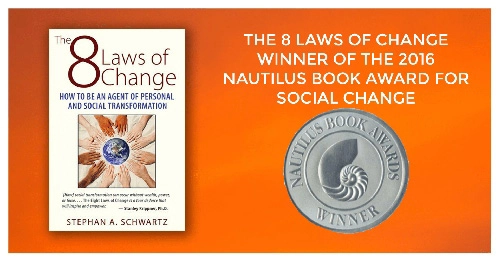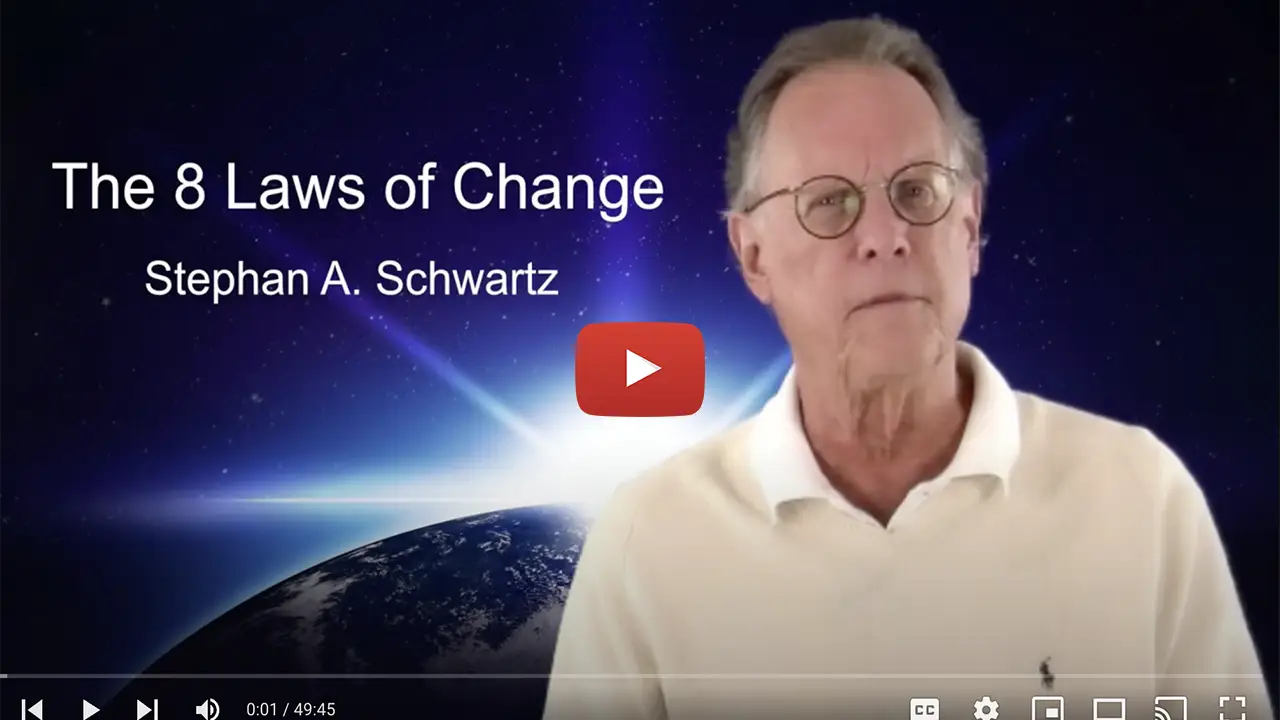
Sea turtle hatchling crawls across beach to get to the sea.
Credit: Chaideer Mahyuddin/Agence France-Presse/Getty
As anthropogenic climate change continues the risks to biodiversity will increase over time, with future projections indicating that a potentially catastrophic loss of global biodiversity is on the horizon1–3. However, our understanding of when and how abruptly this climate-driven disruption of biodiversity will occur is limited because biodiversity forecasts typically focus on individual snapshots of the future. Here we use annual projections (from 1850 to 2100) of temperature and precipitation across the ranges of more than 30,000 marine and terrestrial species to estimate the timing of their exposure to potentially dangerous climate conditions. We project that future disruption of ecological assemblages as a result of climate change will be abrupt, because within any given ecological assemblage the exposure of most species to climate conditions beyond their realized niche limits occurs almost simultaneously. Under a high-emissions scenario (representative concentration pathway (RCP)8.5), such abrupt exposure events begin before 2030 in tropical oceans and spread to tropical forests and higher latitudes […]










An earlier estimate I gave a long time ago was that the world would come to grips with Climate Change and work hard on it were not based upon an unreliable, Climate Change denier like Trump getting into office. I had not idea that the USA in general was so stupid as to elect a person like Trump and the damage he could cause to our efforts to avert that damage. Trump has changed my prediction and now I see only false hope that we will actually do something quick enough, and very bad things will happen to our planet much sooner than I had expected. We are in serious trouble now because of Trump and his moronic voters who put him in charge, and may even be beyond the “tipping” point where wellbeing can be restored and our planet saved. We must at least get rid of Trump and clean up the damage he has done to our government in order to save ourselves and the entire planet. Trump made a swamp; he did not clean up a swamp as he put it.